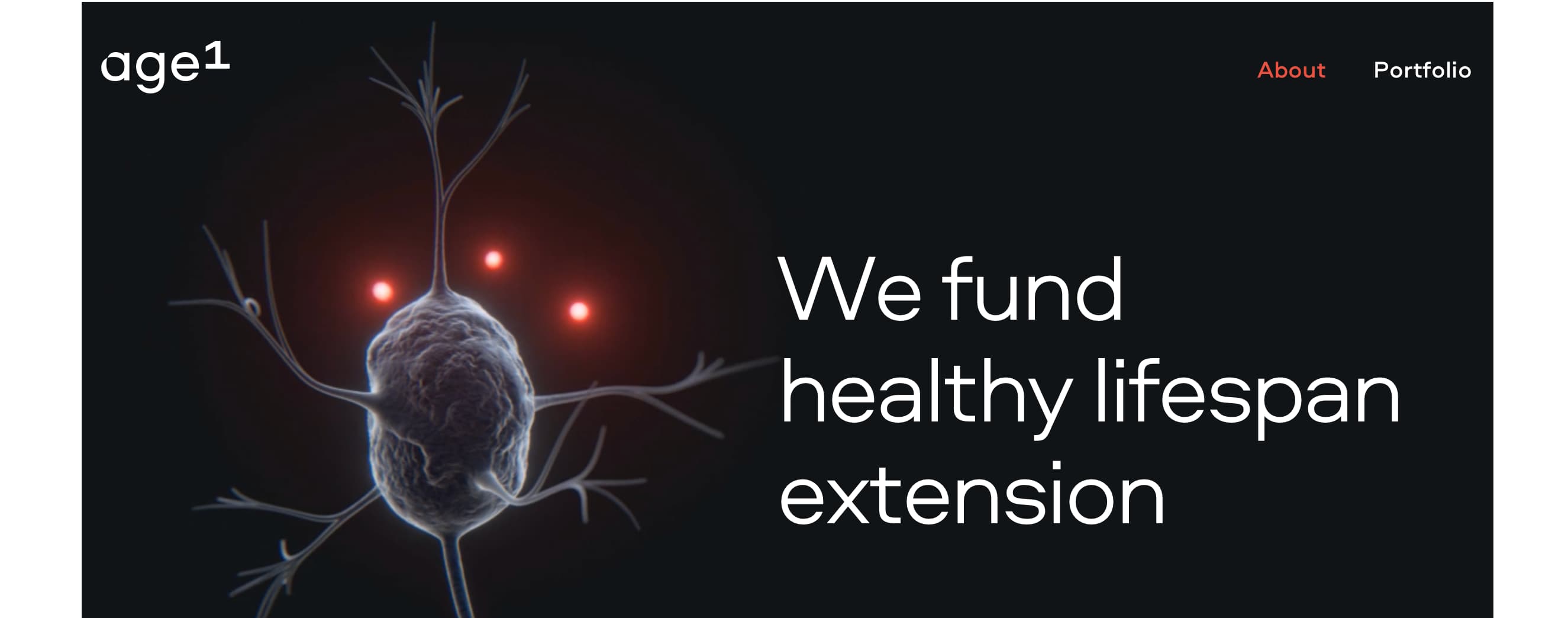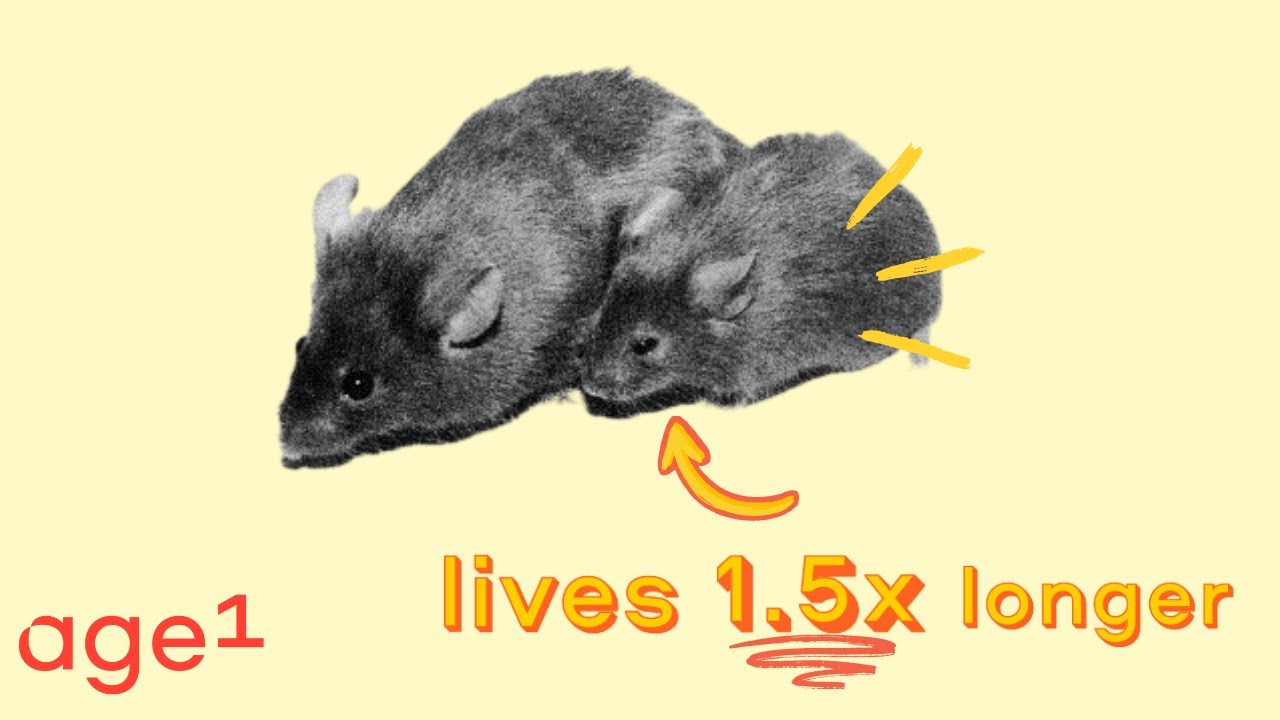Note small typo in your intro post - should be ~1.5x or 50% (not increase by 150%).
Very interesting - most of that seems to be via lowering of IGF-1 and GH:
The extended healthy longevity of mice with single-gene mutations modulating GH/IGF-1 signals is very strong evidence that the aging process per se can be delayed or decelerated in mammals, and that most of the changes that lead to diseases, disabilities, and functional decline in aged animals are under shared control. (Data on caloric restriction, and more recently on drugs that extend mean and maximum lifespan [link], also provide strong support for this viewpoint.) The Miller laboratory contributed to the evidence for delays in age-sensitive functions and diseases in Snell dwarf and GHRKO mice, and also to the observation that cells from these long-lived mutant mice are resistant, in culture, to many forms of injury [link]. These strains include:
(a) Snell dwarf mice, which lack GH, thyroid stimulating hormone, and prolactin, and have approximately 30% - 40% longer lifespan.
(b) GHRKO (growth-hormone receptor knock-out) mice, produced by John Kopchick, which produce GH but cannot respond to it. These mice, too, live up to 40% longer than controls. Mice in which GH is disrupted specifically in fat, muscle, or liver make this an especially good system for dissection of tissue-specific effects.
(c) PAPPA-KO mice (a gift of Cheryl Conover), in which removal of a IGFBP-specific protease is thought to reduce IGF-1 activity in one or more tissues.
Recent publications using these mouse mutants has focused on possible mechanisms by which the alterations in GH and/or IGF-1 signals might promote long-lasting health and slow aging.
● Ozkurede [link] has found alterations in mitochondrial unfolded protein responses.
● Garcia has found alterations in pathways that regulate translation of subsets of mRNAs [link].
● Sadagurski [link] has found lower inflammation in the hypothalamus of these mice.
● Garcia [link] has found augmented cap-independent protein translation of selected mRNAs.
● Endicott [link] has shown increased levels of chaperone-mediated autophagy in these mice.
● Li [link] has found alterations in thermogenesis and inflammation of brown and white fat in these long-lived mice, and shown the role of muscle-specific signals as modulators of fat pathobiology.
● Li [link] has found alterations in brain, muscle, liver, macrophages and fat of Ames dwarf mice, and shown that these are controlled by GH levels in the first few weeks of life.
● Endicott [link] has used a proteomics approach to show which proteins, in liver, are modulated by chaperone-mediated autophagy in long-lived GHRKO mice.
These single-gene mutants provide many opportunities to test ideas about the links between endocrine controls and the timing of late-life decline and survival.




